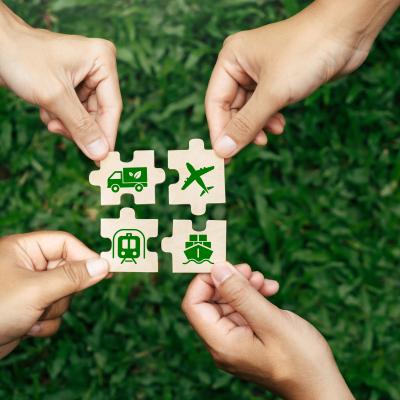Sustainable Development
Description
A summary of the scientific literature on sustainable development for children and youth.

Components
Image

How This Impacts Children's Development
Description
The United Nations (UN) Sustainable Development Goals (SDGs) were ratified by all 193 member states in 2015 and outlined 17 goals that are central to sustainable development. These goals included a more holistic version of child and youth development than the 2005 Millenium Development Goals, and recognized that the well-being and health development of children are essential to global development.
READ THE BRIEF: Goals for Sustainable Development: Focusing on Children and Youth, 2017
Talking Points from the SRCD Brief
|
Policy Considerations in the Brief
- To advance progress toward meeting the Sustainable Development Goals, efforts could include:
- Building developmental science in LMICs, and supporting them through partnerships between universities, research institutions, local and national nongovernmental organizations (NGOs), multilateral agencies, and donor agencies.
- Developing innovative approaches to generating data appropriate for tracking progress in policy implementation and outcomes for tracking progress in policy implementation and outcomes for children and youth.
- Supporting the application of lessons from LMIC to high-income countries.
- Utilizing international exchanges in designing and evaluating programs.
- Supporting collaborations between communities and scientists to develop approaches that address communities needs and translate science into action more rapidly.
READ THE BRIEF: Goals for Sustainable Development: Focusing on Children and Youth, 2017